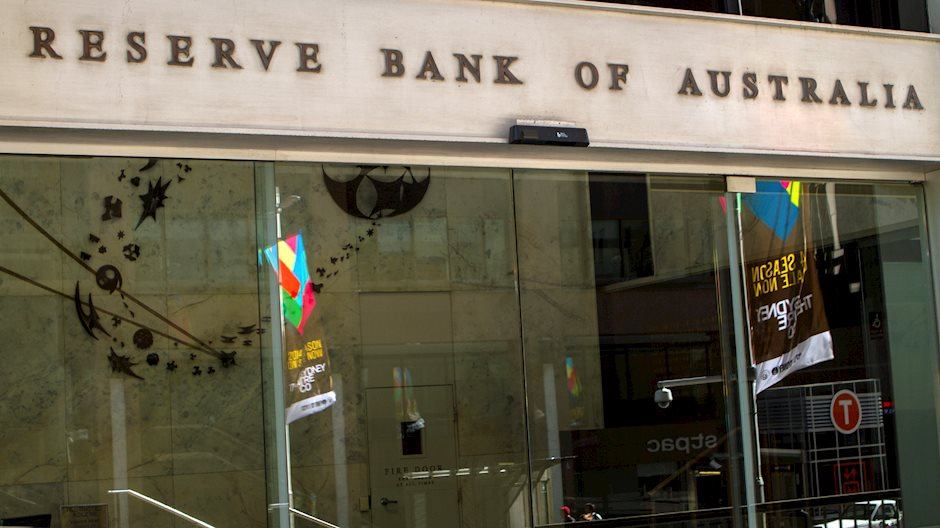What Does Monetary Policy Actually Do? Part II

In the previous post of this series, we examined what causes a need for policy intervention in the monetary sector of the economy and through which channels monetary policy affects the economy. In the second part of this series I will walk you through the causes behind Central Banks’ decisions to move interest rates and the various incentives Central Bankers have across the world.
What makes Central Banks change interest rates?
First and foremost priority, controlling the inflation rate is the main reason for the existence of monetary policy. As discussed in a previous post, inflation increases when the money supply is increased, with regards to the demand side, and due to changes in production costs, with regards to the supply side. If inflation rises because of demand side pressures, then monetary authorities tend to increase policy rates to cool down the economy and hence control inflation, through the transmission channels elaborated in the first part of this series. The same rationale holds when the economy enters a recession: inflation drops as demand falls and Central Banks cut interest rates to boost the economy and the price level.
In a similar manner but in an opposite way of operation, Central Banks raise policy rates when higher inflation due to supply-side factors is observed. By raising policy rates fast, the Central Bank effectively creates a recession, aiming to counter the inflationary supply side with a deflationary demand side. As overall demand in the economy decreases then prices will decrease. Then supply will also decrease to meet this reduction in demand, with a subsequent reduction in the demand for production goods and a lowering of their price which should contain inflation. Naturally, as the 1970s experience has shown, the economy can take up to a couple of years to adjust to abrupt changes to supply-side costs.
Consequently, policy rates will be adjusted in times when inflation is either lower or higher than the Central Bank’s target, which is usually at 2% per year.
The second potential priority for the Central Bank to move interest rates is in an effort to boost the labour market. This incentive moves usually in conjunction with the first, given that, usually, wages increase and unemployment decreases when inflation increases. However, there could be times when unemployment is higher than expected or wage growth is slow while inflation is stable. During those periods, the Central Bank may choose not to raise policy rates until the increase in wages or the decrease in unemployment catches up with the inflation rate. A notable example of such behaviour is Australia, in which RBA continues to maintain low interest rates despite inflation being close to 2%, precisely because wage growth is very slow.
A third potential priority is to affect the market exchange rate. Remember that exchange rates are affected by interest rate differentials, in the sense that higher interest rates tend to attract investors who seek to benefit from carry trades. As such, Central Banks who seek to keep exchange rates lower would resist raising interest rates, or, in extreme cases, reduce them. This is more often observed in export-led economies, for example China and Switzerland. In the latter case, SNB has actually gone a step further, by intervening in the FX market directly.
How to assess what drives Central Bank rate changes?
Firstly, note that Central Bank priorities can shift over time. For example, the Fed’s priority in the 1970s was to tame inflation. In the early 2000s, attention shifted to boosting the economy following the dot-com bubble, for which Alan Greenspan got the credit for maintaining a stable economy. SNB focused on inflation stability prior to the financial crisis but moved on to include exchange rate manipulation to its duties. As such, investors need to remain ahead of the curve and pay attention to what drives Central Bank behaviour.
The critical point for the change in SNB behaviour was that the Swiss Franc was seen as a safe haven currency after the financial crisis. This led to an increase in its value, given that a large number of investors sought to exchange their currencies with the CHF. To avoid this hurting the economy at a time when exports provided (and still provide) the boost for growth, SNB also included the exchange rate in its priorities.
This is straightforwardly seen in the SNB decision to unpeg the Franc in 2015: “The SNB will continue to take account of the exchange rate situation in formulating its monetary policy in future. If necessary, it will therefore remain active in the foreign exchange market to influence monetary conditions.” The words are directly suggesting that the CHF performance will be considered in the future, when it comes to raising or lowering interest rates, and it still has until now. Other Central Bank statements are also often very informative as to the drivers of their behaviour.
This is also part of the Forward Guidance strategy, which we will deal with in the fourth part of this series. For the next part, we shall see which indicators play the most important role in determining the timing of interest rate changes. Stay tuned!
Author

With more than 4 years of experience at the Central Bank of Cyprus where he obtained hands-on experience with real-life economics, Dr Nektarios Michail is a supporter of a balanced approach between science and art when it comes to


















